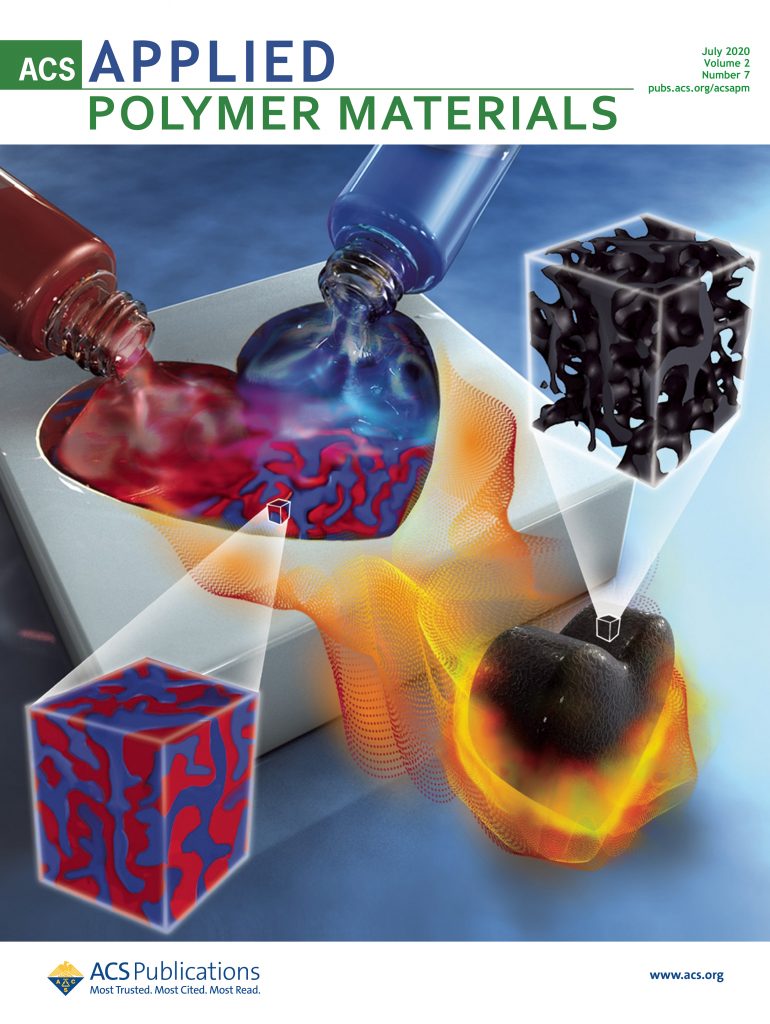数据驱动的区域供热网络可靠性预测
IF 4.7
2区 化学
Q2 MATERIALS SCIENCE, MULTIDISCIPLINARY
引用次数: 0
摘要
随着区域供热网络的老化,目前的资产管理实践,如依赖于静态预期寿命和基于年龄和规则的方法,需要被数据驱动的资产管理所取代。作为文献中通常首选的物理失效模型的替代方案,本文探讨了如何应用更易于使用的传统和新型机器学习可靠性模型来分析区域供热管道的可靠性,并展示了如何通过修改模型的似然表达式来解决常见的数据缺陷。测试的模型包括赫兹模型、Weibull 模型和神经 Weibull 比例危险模型。通过对丹麦富能实际区域供热网络的数据对这些模型进行评估发现,网络的相对年轻化使得模型分布假设的验证变得复杂。不过,对模型的比较评估表明,采用数据驱动的可靠性模型有很大好处,因为这些模型可以根据管道的工作条件和内在特征对其进行区分。因此,得出的结论是,数据驱动的可靠性模型优于当前的资产管理方法,如基于年龄的脆弱性排序。本文章由计算机程序翻译,如有差异,请以英文原文为准。
Data-Driven Reliability Prediction for District Heating Networks
As district heating networks age, current asset management practices, such as those relying on static life expectancies and age- and rule-based approaches, need to be replaced by data-driven asset management. As an alternative to physics-of-failure models that are typically preferred in the literature, this paper explores the application of more accessible traditional and novel machine learning-enabled reliability models for analyzing the reliability of district heating pipes and demonstrates how common data deficiencies can be accommodated by modifying the models’ likelihood expressions. The tested models comprised the Herz, Weibull, and the Neural Weibull Proportional Hazard models. An assessment of these models on data from an actual district heating network in Funen, Denmark showed that the relative youth of the network complicated the validation of the models’ distributional assumptions. However, a comparative evaluation of the models showed that there is a significant benefit in employing data-driven reliability modeling as they enable pipes to be differentiated based on the their working conditions and intrinsic features. Therefore, it is concluded that data-driven reliability models outperform current asset management practices such as age-based vulnerability ranking.
求助全文
通过发布文献求助,成功后即可免费获取论文全文。
去求助
来源期刊

ACS Applied Polymer Materials
Multiple-
CiteScore
7.20
自引率
6.00%
发文量
810
期刊介绍:
ACS Applied Polymer Materials is an interdisciplinary journal publishing original research covering all aspects of engineering, chemistry, physics, and biology relevant to applications of polymers.
The journal is devoted to reports of new and original experimental and theoretical research of an applied nature that integrates fundamental knowledge in the areas of materials, engineering, physics, bioscience, polymer science and chemistry into important polymer applications. The journal is specifically interested in work that addresses relationships among structure, processing, morphology, chemistry, properties, and function as well as work that provide insights into mechanisms critical to the performance of the polymer for applications.
 求助内容:
求助内容: 应助结果提醒方式:
应助结果提醒方式:


